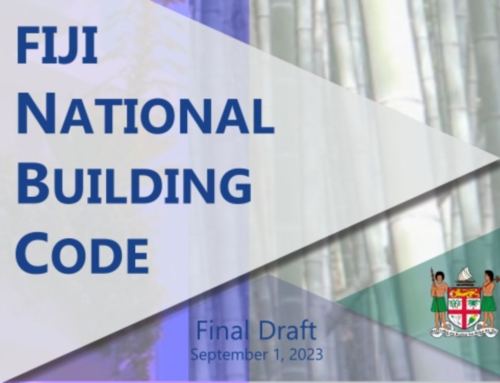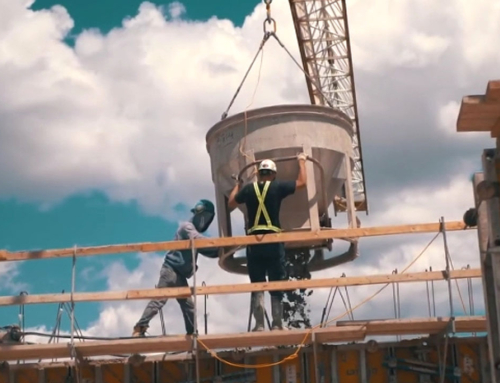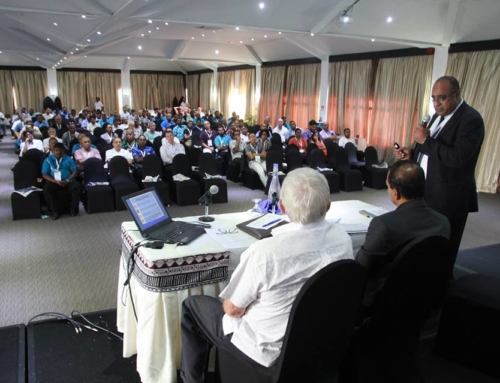This is a great article from Atu Siwatibau about Negotiating a Construction Contract and some Basic Points to Note.
The best way of ensuring the efficient management of your risk in a construction contract is to negotiate the management and allocation of those risks during the negotiations stage.
The more effort the parties put into ensuring a properly managed and allocated risk profile during the process of negotiation, the more chance there is of the parties avoiding otherwise preventable situations during the implementation of a contract.
In this commercial law update we set out how to negotiate a construction law contract and provide some basic points to note.
At the negotiations stage of a construction contract, you need to:
Understand project as a whole and identify risks involved and relative weighting of those risks
This is the most important part of this process. Can’t stress this enough. If you don’t understand the project then you won’t understand the risks involved and you will not be in a position to be able to negotiate processes and systems to be included into the contractual documentation in place to manage those risks.
It is very important that you understand the entire project well in order to be able to identify the risks involved.
Set entire future risk management framework at this stage
Understand the entire project as a whole
Need to understand entire project, risks arising at each stage of the project and the mechanisms to be put in place to manage those risks.
Very easy to get confused during the process of negotiation if we don’t keep very clear in mind what the purpose of each risk management mechanism is and how it fits in with the entire risk management process/system.
Not theoretical
What I mean here is that a contract cannot be drafted in a vacuum or negotiated in a vacuum. It cannot be undertaken without proper understanding and consideration of the physical and practical realities of the project itself. It is not a form filling exercise.
This is very important for lawyers and clients to understand and it is always useful to get the lawyer on board the negotiations process early so that he/she has a good understanding of the project and the risks involved.
Need to co-ordinate all the different fields of discipline
Basically all the different fields on which the construction contract touches need to have input to discuss and identify the areas of risk involved in each relevant part of the contract.
The civil engineers will be needed to point out the risks involved in any civil excavation or structural works and how these should be dealt with, the financial department should have input on the payment terms, how to deal with tax and other financial considerations, and of course the lawyer needs to properly document and record how the parties intend to deal with the risks, having regard to the contract as a whole and the underlying legal principles.
Very clear demarcation of risk assumption and handover
It must very clearly spelt out in the contract, what the risk is, who is assuming it, to what extent, and when and under what process (if at all) that risk is passed on to the other side. VERY CLEAR.
This is an area form which disputes are very likely to arise. Basically, at what stage and under what process does the risk pass from one party to another under the construction contract.
Now, in a construction contract, this passing of risk is very likely associated with either payment from one party to another and reduction of securities or bonds held.
The passing of risk usually also means an added financial burden by the party assuming the risk in the form of having to undertake insurance.
How the risks change
Need to understand how the risks change with each negotiated change to the terms and specifications of contract
Another big reason that you need to understand the entire project when negotiating the terms of a contract.
Basically, you need to understand how changing the provisions of one part of the contract will affect another part of the contract. For example:
- if you don’t understand the financial impact of risk of the project not being “accepted” under the contract, you may be tempted to change or decrease the level of performance bond required of a contractor or the level of retention sum.
- if you don’t understand the implications of it on the motivation (or profit margin) of the contractor, you may also be tempted to increase the amount of liquidated damages.
- when negotiating payment terms for a civil works contract, you must (in the absence of an express warranty from the employer) ensure that you build in flexibility (in favour of the contractor) in relation to sub-surface conditions.
Need to understand commercial impact (or potential commercial impact) of each risk change
Of course, risk management cannot be dealt with in a vacuum. Any project is primarily based on a business case. Need to understand very clearly how risk assumption impacts the underlying business case and at what stage the risk assumed simply makes the business case scenario unacceptable.
Negotiation lead time and “comfort”The longer the lead time on negotiations the greater the chance of the parties that are going to bear the relevant risks being “comfortable” with that risk.
Basically, the greater the time that party would have had to consider all the ramifications fully, analyse the financial impact (or potential financial impact of the risk, if it occurs), and put in place measures to deal with the risk, the more chance they have to put in place mitigation and absorption measures to deal with those risks.
Standard form contracts are “comfortable” and parties can work within this framework with more “comfort” in that the parties are usually more familiar with how risk is allocated between the parties, they understand the financial risk and if the parties have used it before, they usually have internal systems already in place to deal with the risk.
The more urgent the contract timeline the more carefully you have to deal with risk allocation and risk management and the more “comfortable” the parties may be with a standard form contract.
Unless you have a lot of experience and expertise in drafting construction contracts, we suggest that you use a standard form construction contract. There are many standard forms available. You should use one that you are comfortable with.
It is useful to also familiarize yourself with more than one standard form of contract as different parties have their different preferences and, at some stage, you may be required to use a standard form of contract other than that you are used to.
If you take your time here, this is the point where you can really make a big difference. This is where the lawyer can give the biggest value to ensure that this is all recorded properly.
For more information in relation to construction law or for any other commercial law enquiry please contact Atu Siwatibau: [email protected]






